Administrators of the school district that includes Monmouth Middle School and Henry L. Cottrell Elementary School are hoping the district may be able to consolidate both schools into a single building on the north side of Monmouth Academy in the next few years.
But going forward with that plan will depend on a number of stars aligning, according to William Zima, superintendent of Regional School Unit 2.
Most importantly, the state Board of Education would have to approve and provide the funds for the project. State education officials have placed both schools on a list of those around Maine that could qualify for construction funds, which is why the district has been researching the matter.
Local taxpayers would also have to approve the plan, according to Zima, and owners of two properties adjacent to Monmouth Academy would need to agree to sell their land to RSU 2. Even if all those things did happen, construction would not begin until at least 2019.
Despite the ifs, there is reason for taxpayers in Monmouth and other RSU 2 towns to support the project, according to Zima.
The current Monmouth Middle School was built over a century ago and has a number of issues. Floors are sloped, students must walk through a locker room to get to some classes and its heating system is not very efficient, Zima said, naming just a few.
What’s more, state education officials have placed Monmouth Middle School near the top of a list of schools that have been approved for renovation or replacement with construction funds available through the state.
“It would be nice to get into a building that works for what we need to educate our kids,” Zima said.
The district would also save on other costs, such as for heating, by moving its students into a new building.
“It would be more efficient and more modern,” Zima said.
Zima recently delivered a presentation on the subject at the current Monmouth Middle School. It was attended by about 30 area residents, he said.
Getting a project approved for those state construction funds can take several years.
RSU 2 is now at the point where it’s reviewing sites for any new schools. The district has identified two properties just north of Monmouth Academy as a possible site and is now communicating with those who own the land about their openness to negotiations, Zima said. It has also selected an architect to draft a concept for the yet-to-be-proposed school.
Locating a middle school next to the high school would be advantageous, Zima said, because it would allow students who are better in certain subjects to walk next door and take upper level courses.
Similarly, Zima went on, the district has started to consider including Henry L. Cottrell Elementary School in its proposal to the state for a new building.
The elementary school has also been ranked as one that could qualify for state construction funds — albeit much lower on the list than Monmouth Middle School — and Zima said housing both schools under one roof would open up classes for younger students who now can’t walk to the middle school. He also said it would save on the costs of operating two separate buildings.
“A kid in math who’s in the third grade and showing an understanding of fractions could go to a teacher who’s working with fractions,” Zima said.
The district must get voter approval for its construction proposal before it can send it to the state Board of Education, Zima said. RSU 2 also includes Dresden, Farmingdale, Hallowell and Richmond.
When the state released a list of schools that qualify for the funds available through its capital school construction program in 2011, Monmouth Middle School ranked 9th on the list and Henry L. Cottrell Elementary School ranked 56th.
The state has committed to funding 12 of the projects on that list, according to Scott Brown, director of the state’s major capital school construction program, meaning Monmouth Middle School makes the cut.
But that commitment does not indicate how much funding a school district can expect to receive for its proposal. If the state does not offer to fund all of a project, the district can ask taxpayers across the district to make up the difference, Zima said.
The state also refunds many of the upfront costs that a district puts into its proposal, Zima said. He estimated the current process has cost RSU 2 taxpayers less than $100,000 so far, but he did not have the exact numbers on hand.
The process will take several more years, Zima said.
Charles Eichacker — 621-5642
Twitter: @ceichacker
Send questions/comments to the editors.


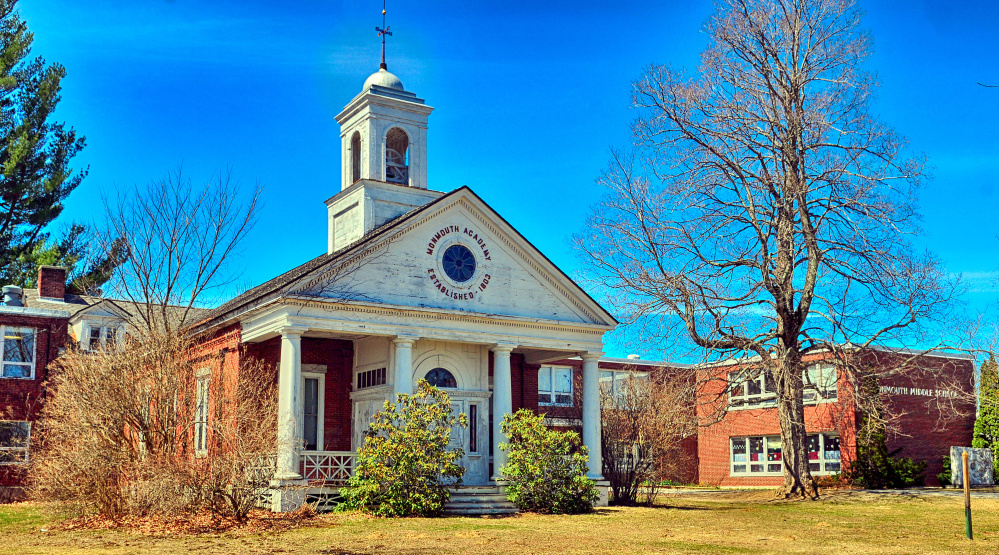
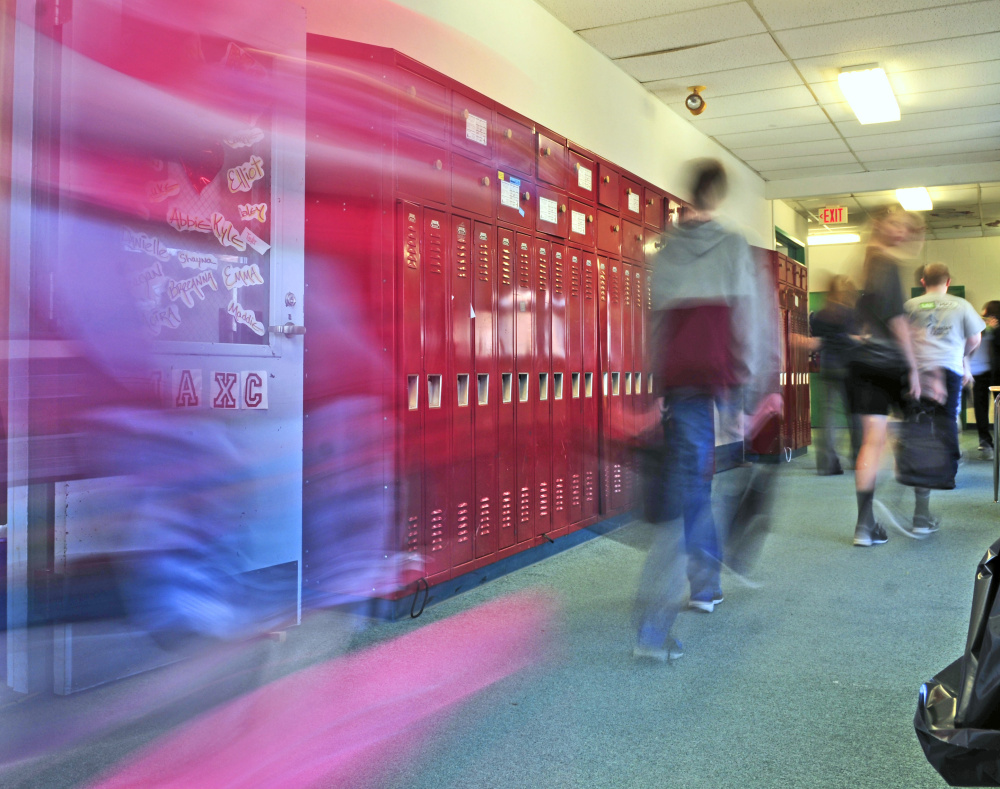
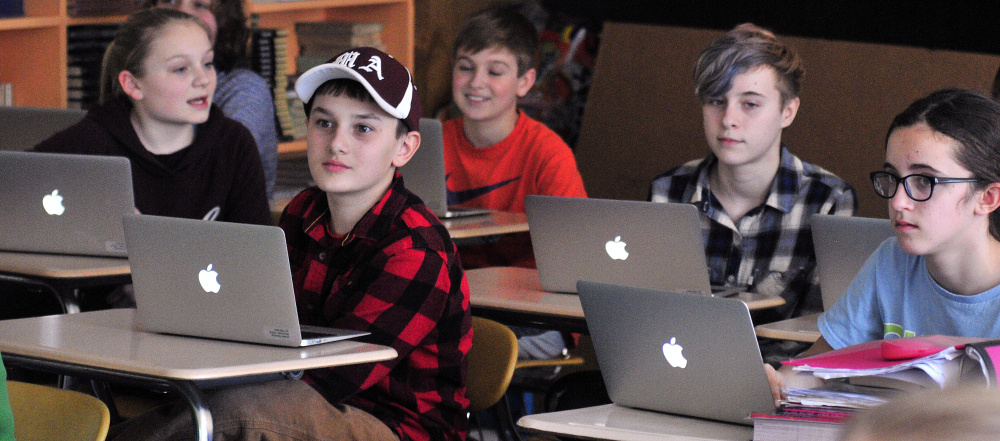
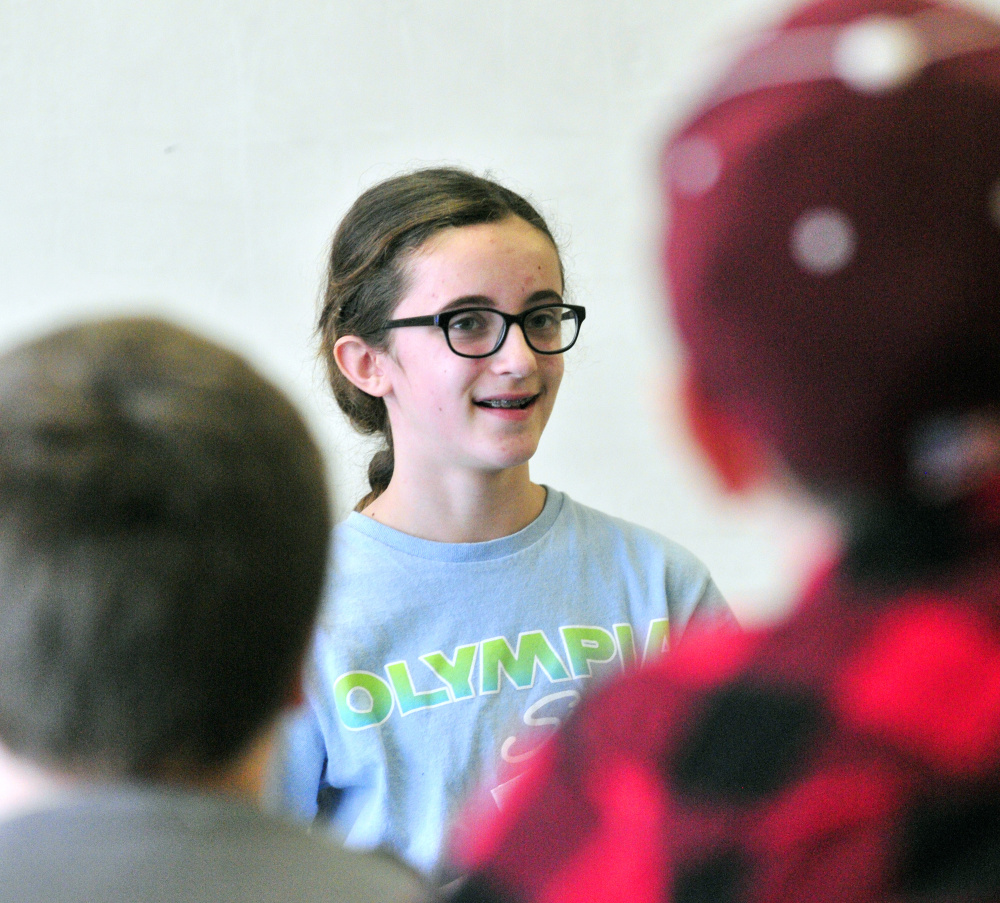

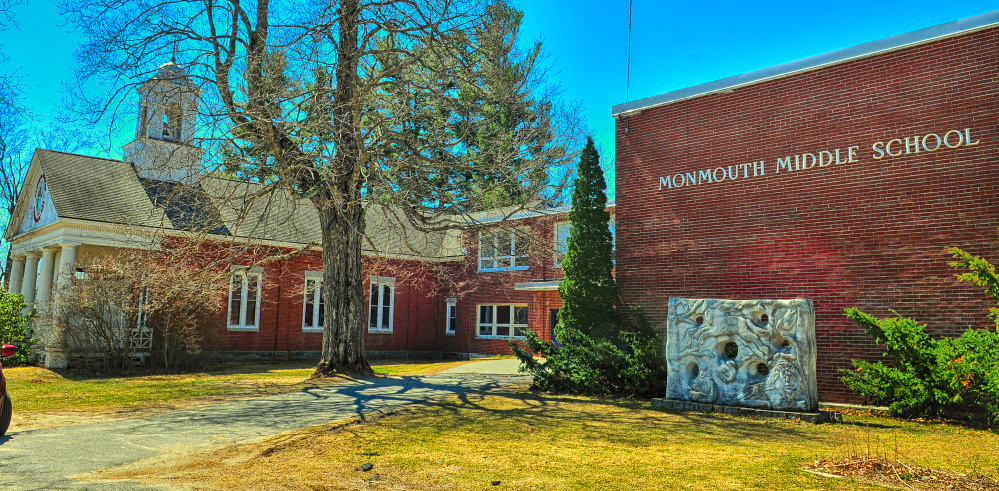
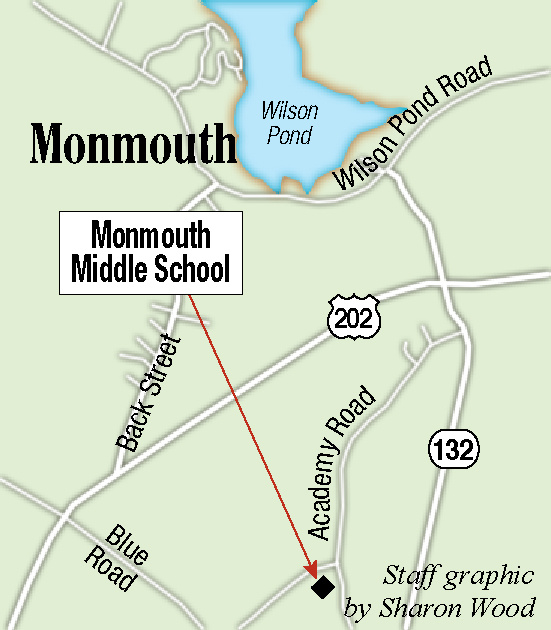

Success. Please wait for the page to reload. If the page does not reload within 5 seconds, please refresh the page.
Enter your email and password to access comments.
Hi, to comment on stories you must . This profile is in addition to your subscription and website login.
Already have a commenting profile? .
Invalid username/password.
Please check your email to confirm and complete your registration.
Only subscribers are eligible to post comments. Please subscribe or login first for digital access. Here’s why.
Use the form below to reset your password. When you've submitted your account email, we will send an email with a reset code.